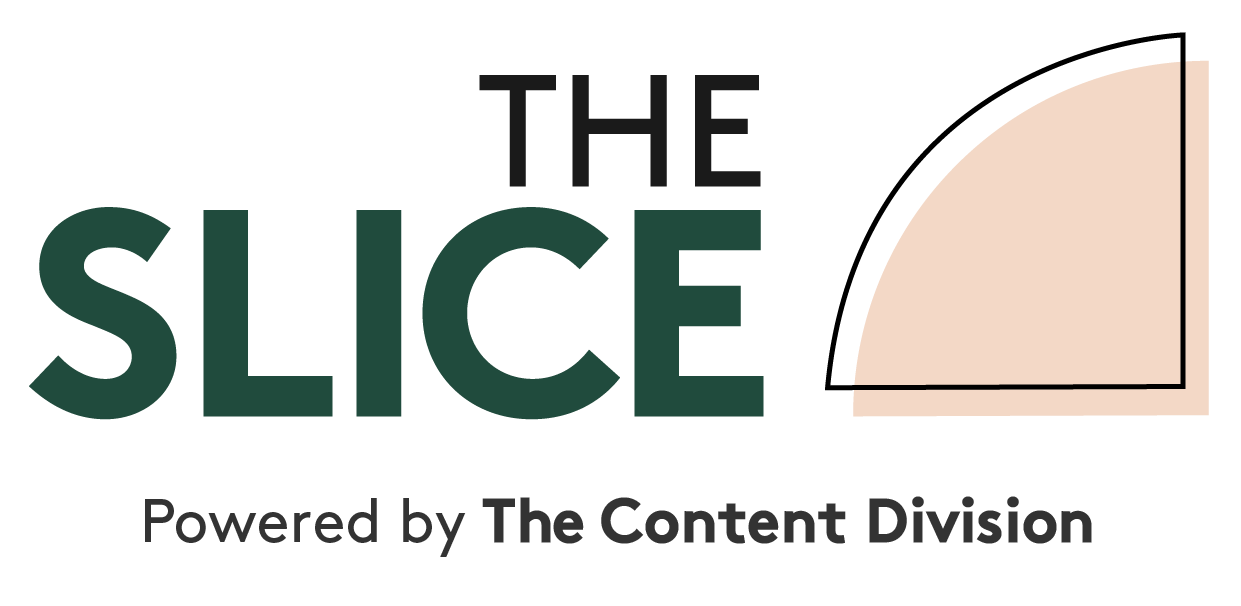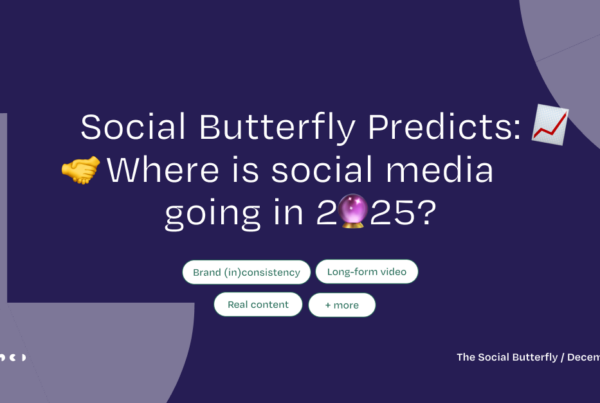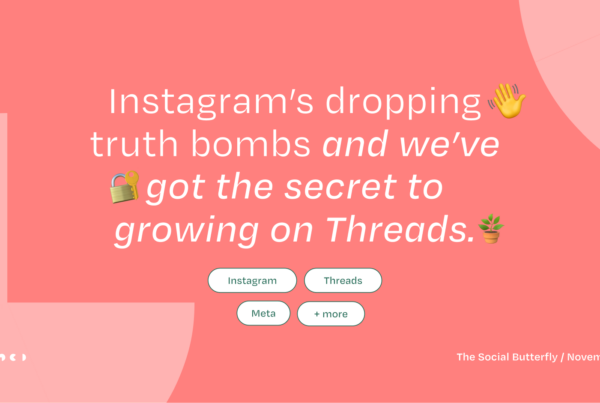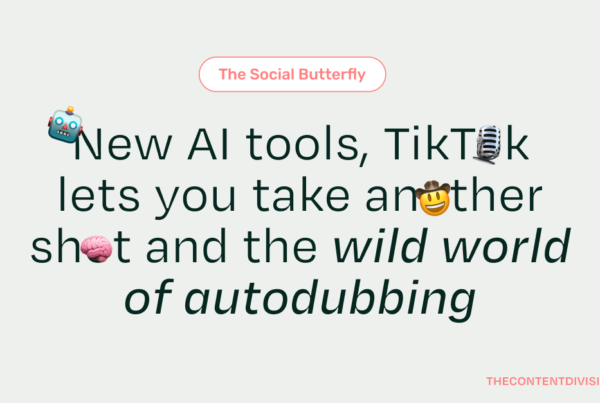
They’re everywhere. They have the technology. And they’re not going to stop.
The explosion of cloud software platforms, AI bots, database products, data visualisation services, neobanks – basically every software as a service or tech platform offering out there – has seen a lot of hastily stitched-together brands burst into existence, some with all the brand strategy experience of an intern let loose in Microsoft Paint.
It’s because their focus – especially bootstrapped startups – is firmly on product and distribution (sometimes not in that order) and rightly so. Without a minimum viable product that can be improved on the run and a distribution strategy that gets that thing into customers’ hands ASAP things can fizzle out fast.
But that often leaves proper brand and marketing as an afterthought. How does customer acquisition become a function of the business that frees directors/founders up to do other things?
Look at some of the great tech brands (MailChimp, Hubspot et al) and there’s a common thread about where and how their first customers emerged, what they did to leverage their influence and the brand promise and visual identity that emerged and rolled on. But first…
The big SaaS challenge that keeps the boss up at night
How do you cost-effectively get customers faster than you lose them over the mid to long term? That’s the bane of the SaaS company people I talk to. Even if it isn’t apparent in that first year, where customers are still in an evaluation mindset, it will become so when the churn rate kicks in and then starts to increase as time goes on.
You’ll have prospecting and sales tactics that bring eyeballs and leads in. Maybe even clever owned and aggregated data analyses that tell you the best time and place to hit a prospect. And that all sounds fine and dandy. But pure and simple, customer experiences and brand strategy will most likely be the thing at those touchpoints that matter in a year, or in five years, or 10 years, when competitors are copying your product. Or when it’s time to exit and sell.
Getting on the right brand path will make sure the customers you do land stay longer, value you more and be happy to tell others. Or prospects will be more willing to inquire. Or read an ad or piece of content. Or pay more for your products.
And that’s the stumbling block. Founders are so focused on product and distribution (fair enough) that the brand, communications and customer experience development that help do the really heavy lifting in the long term (the stuff that really resonates) get shelved or, worse, half-arsed.
The brand questions to ask and apply
Brands inherently make promises to people that trigger a certain feeling. And you can guide or cement that promise in early and then apply it consistently through brand marketing.
When you think about it, brand promises are even more important for SaaS companies because customers often spend a colossal amount of their time with your product. It’s not like cracking a can of Coke.
So where do you start?
An extremely simple framework to start with is to plot out these four answers:
- We provide … product/service that solves problems A, B and C of This Group
- We make people feel … anxious about our competitors/happy about our products or services/nervous about not choosing correctly/like they’re getting a bargain/like they’re choosing the best premium thing/ecstatic about their work day/whatever emotional things you think your products or services will appeal to
- We remind you of … memories/feelings/things your target markets have positive associations with. For example Student Flights = discount adventure and self-discovery while Flight Centre = Easy travel organised for me
- We share the values of … our highest yielding or most ideal customers
Applying these four answers to everything you do builds brand equity across the customer journey. Then when you add great design language it inherently helps your customer experience be focused on memorable moments and the things that matter.
So what did the big SaaS guys do to acquire customers when they were little?
Make no mistake, their products were probably better than most early on. Probably. Maybe. In fact I have no data to back that up so I’m just going to label that as an opinion.
But the reason I believe that to be true is because they got their nearest and dearest customers to sell it for them. In other words, their customers were incentivised (in an awesome way, not weird) to amplify the product in the relevant networks and near-circles early and often. The guys at Mailchimp did it by personally helping small businesses at night with their stuff. So did the guys at Hubspot (their first paying customer was the founder’s wife). Yelp found a charismatic group of community managers and called them the Yelp Elite. (Reference note: I found all this out from an awesome online preso by a dude named Rand Fishkin from SparkToro.)
What I’m really saying is word of mouth.
The best SaaS brands keep that word-of-mouth focus rolling at scale even when they grow to the behemoths you see today.
Brands such as Xero, Mailchimp, Stripe, Slack – all of them created a brand and a customer experience around their core products that created a high-value customer community.
They know that:
- Communifying is central to their brand and their product’s unique value proposition (XeroCon and Xero’s other events, for example)
- That community continuously delivers high value for customers such as making them look good to their own industry or network (Slack has nearly 80% of Fortune 500 companies using their platform; also Hubspot’s INBOUND conference)
- Your brand voice/communications consistently evoke an emotion that encourages sharing (Slack’s “kill email” messaging around their marketing, making brands/people who used it look cutting edge)
- You focus on a channel where part of your target market is most likely to share, not just where they are (new digital-only bank Up Bank is dominating Twitter – and you thought that little dank blue bird sucked for marketers!)
But those tactics are all far more powerful when the brand work is singing. So let’s take a closer look.
An awesome example of brand and comms for a tech product: Up Bank
These guys just get it.
If you take away their product, and the fact they sell a platform that is easy to use (get your new bank account and digital wallet going in about three minutes), a user interface that looks and feels great, and makes you feel something emotional (disbelief in the infuriatingly snail paced big banks’ ability to make our lives easier), you get left with brand design, content and comms activities that just nail it.

Firstly the design language is awesome, permeates everything they do and is firmly centred on the kind of audience who will lap up this kind of thinking behind a product. That is massively underselling the effort that obviously went into it but we don’t have all day.
Their app design is outstanding and constantly improving (Up talks a lot about how they do continuous deliveries here) and combines two things that just kill their competitors in my view – intuitive and simple UI design; and an app and service offering that just bloody work.
What’s more, when your debit card gets delivered a few days after you sign up, you get to open this:

The first shareable moment. Please note this isn’t just for B2C tech platforms. B2B is screaming for a bit of human design-led thinking.
But let’s get past the design language (NOTE: if your design language sucks, don’t get past it – get someone to fix it).
I’ve seen Up’s marketing assets in play in cinemas and outdoor, but it’s on social where things truly kick arse. Especially Twitter (gasp). But how does a digital bank – a business that sends out sensitive products with private information plastered all over them – create shareable moments? Like this:

In short, put the sensitive shit on the back so your community can do this:
Cannot wait to receive my debit card and welcome pack https://t.co/0nPdXomAMe #upyeah
— Joe Chiang (@iamjoechiang) January 25, 2019
Just loaded up the new @up_banking card ready to gooooo @dompym #upyeah pic.twitter.com/dIhtKYVNL0
— sam folan (@sfolan11) January 18, 2019
Got @explorerdora91 onto @up_banking and her bad boy arrived today even with cool ass stickers. Gonna have ta sweet talk her for one. So cool I’d even put one on me car. #upyeah pic.twitter.com/u5wWqZ9Sal
— Byron Bateson (@byzbateson) January 8, 2019
And then deliver even higher value for that community when they share your stuff by doing this:

(That’s Up Bank’s co-founder Dom Pym on Twitter talking directly to customers by the way – for all you C-suite folk not talking directly to customers.)
😎
Thank you @dompym #upyeah pic.twitter.com/yliskbcj9v
— Ritesh Mandaliya (@RiteshMandaliya) January 22, 2019
Thanks for some great looking swag @up_banking @dompym #upyeah pic.twitter.com/aKq1mREMoq
— Swapnil Ogale (@swapnilogale) January 22, 2019
Challenge: spot me around #Melbourne with my new @up_banking swag.
Thanks @dompym and team! #upyeah pic.twitter.com/Nc6pjZ3Dg6
— Patrick Vardhan (@PatrickVardhan) January 22, 2019
They communify (Up Bank calls its customers Upsiders), they add value in that community (Up’s dev staff – not just customer service people – answer every question they can that customers throw at them), they inspire shareable moments (incredible UX design including the cards, receiving the cards, and swag), and those shareable moments happen in the right channel (Twitter users are incredibly woke and love to verbalise their wokeness in 280 characters – like talking about Up Bank).
And all that equals incredible word-of-mouth marketing moments – the type of loyalty and advocacy that really drives customer acquisition and, if the product lives up to its brand promise, retention. And results (yes, they post their results on Twitter too).
Wow – 500-1000 new customers a DAY! That’s awesome team. I’m so honoured to have been in the beta and to be a customer now (and I know I’ve asked @dompym as have many, “Can I join the Up family” ha ha). This blog is a great read & @up_banking are my favourite tech biz right now! https://t.co/3HrIBbhYXT
— Keran McKenzie (@keranm) January 17, 2019
There’s a bit more about Up’s marketing and product journey on their blog if you’re keen to steal some great ideas.






